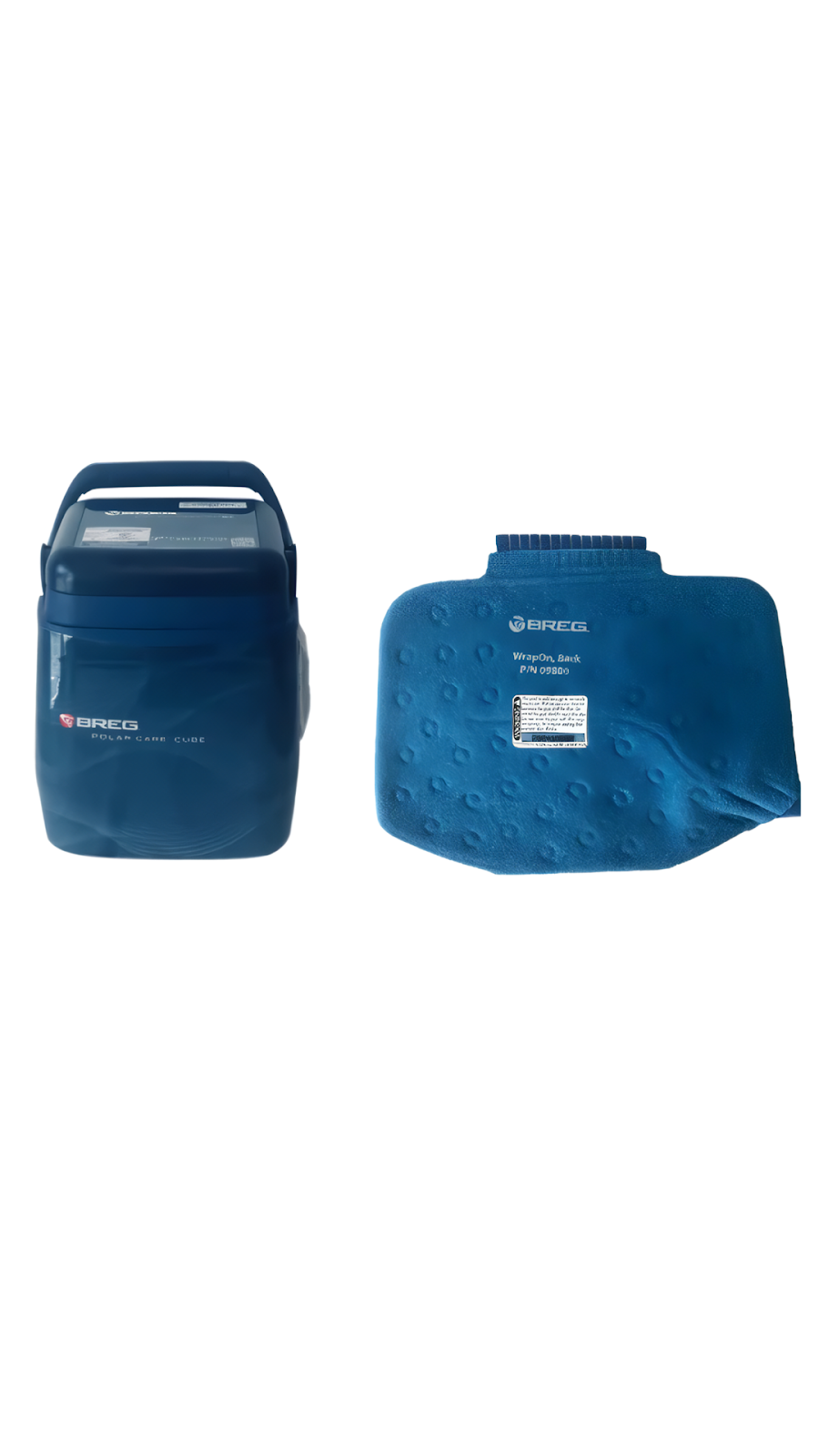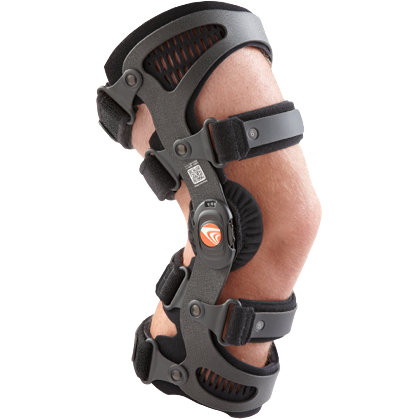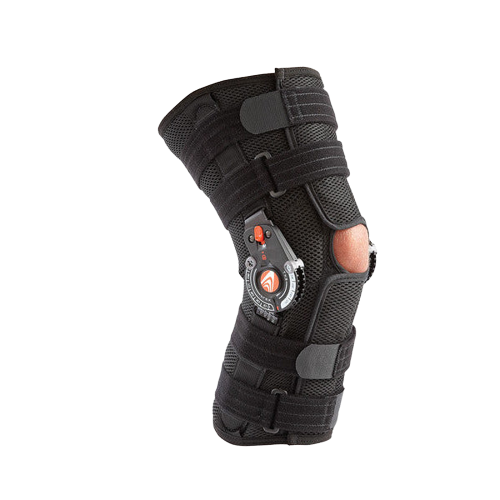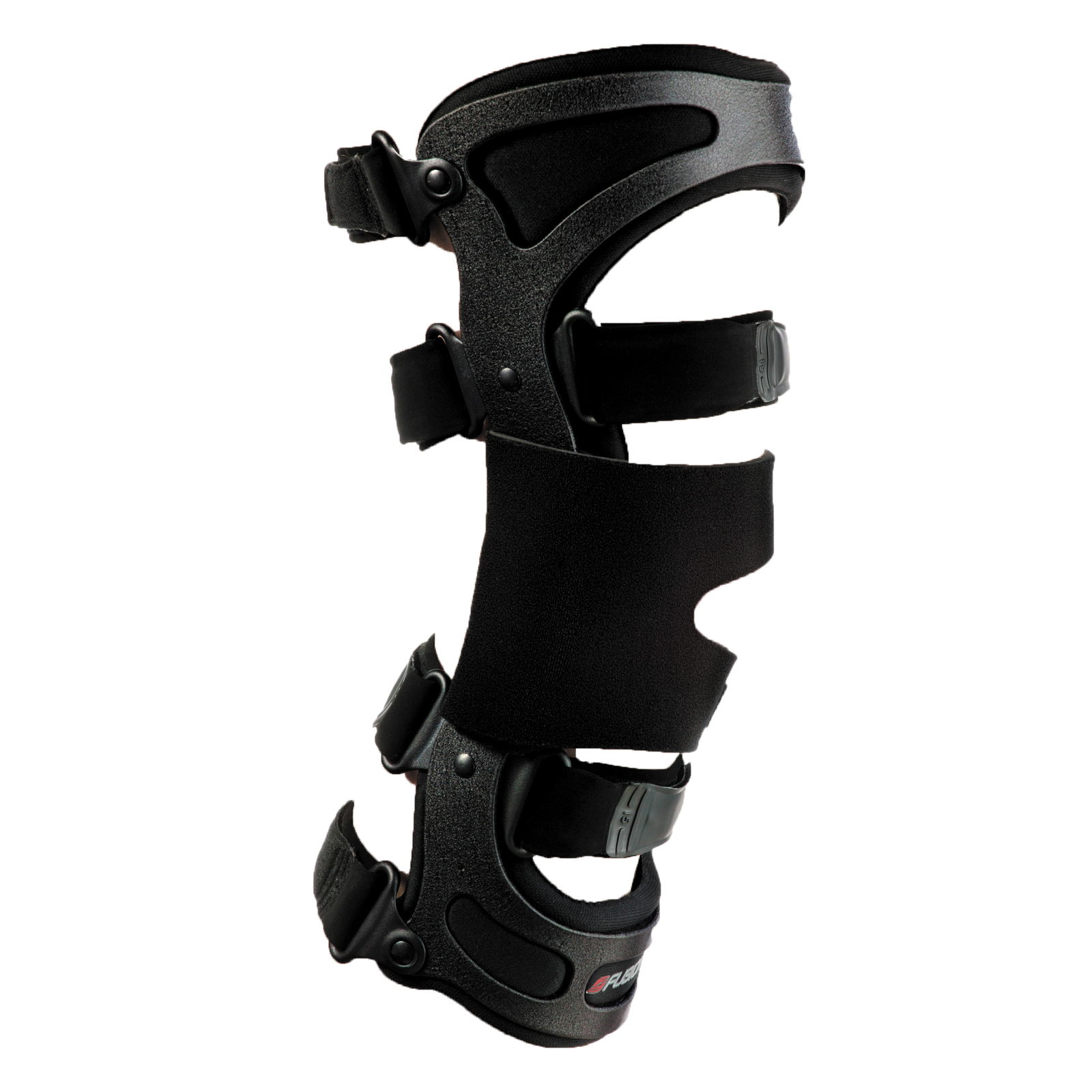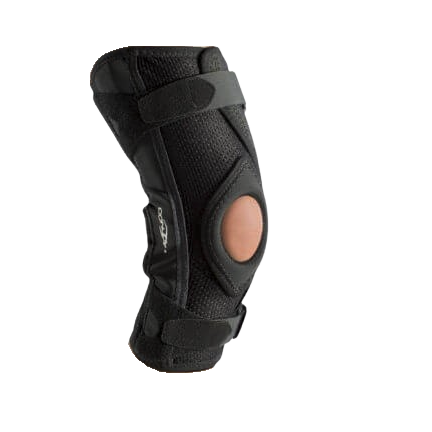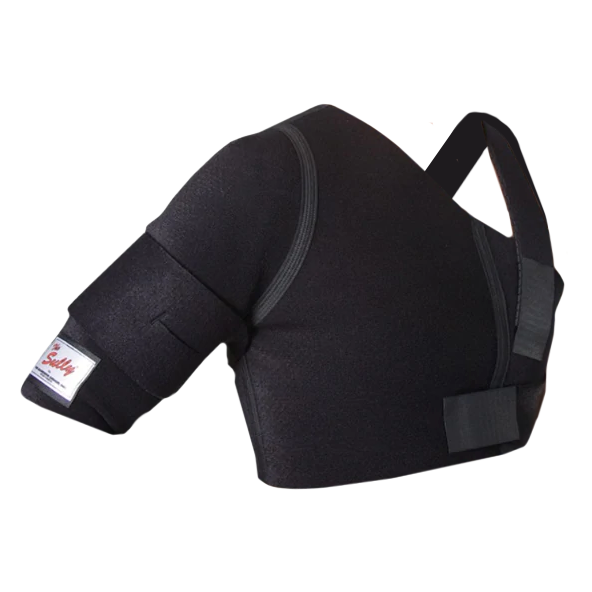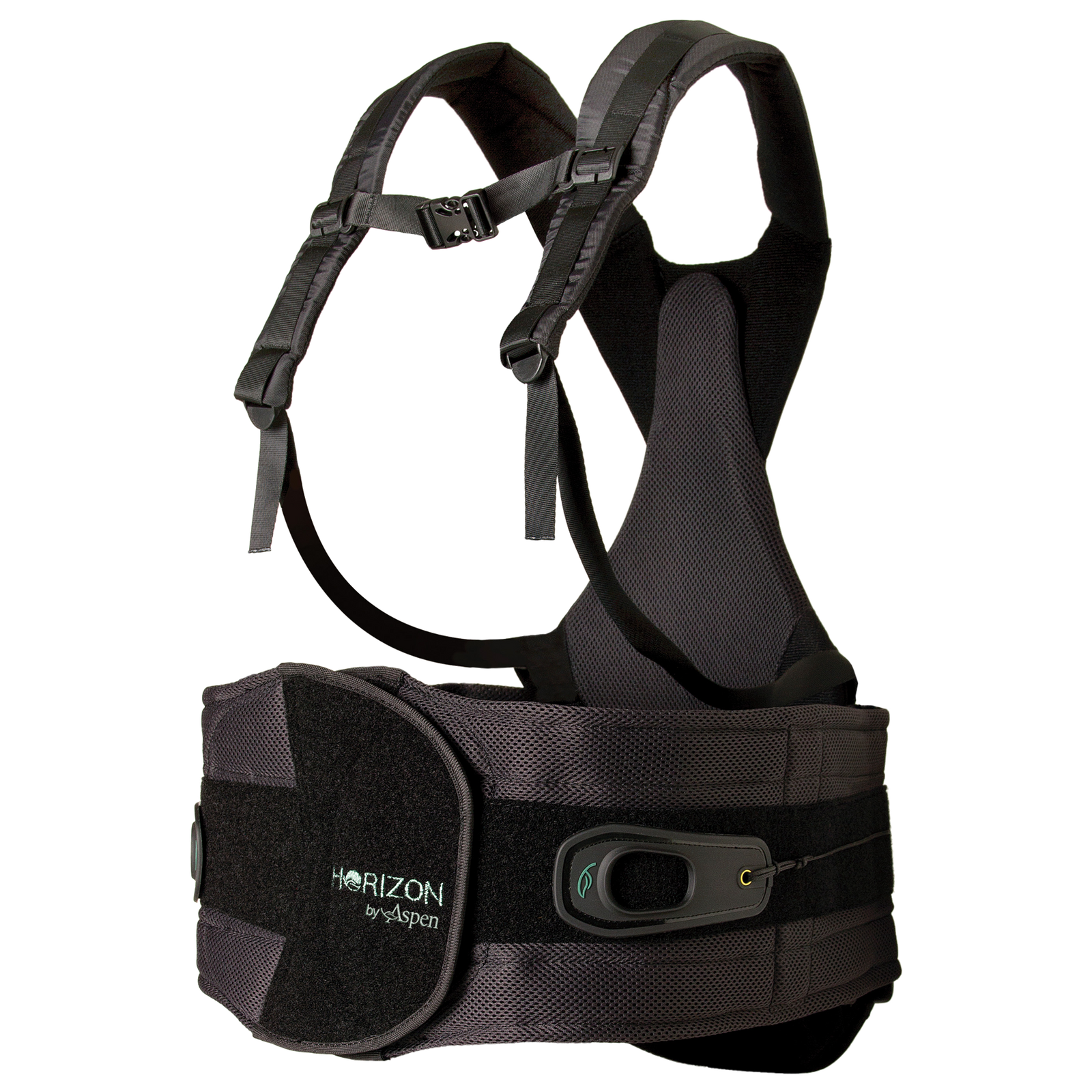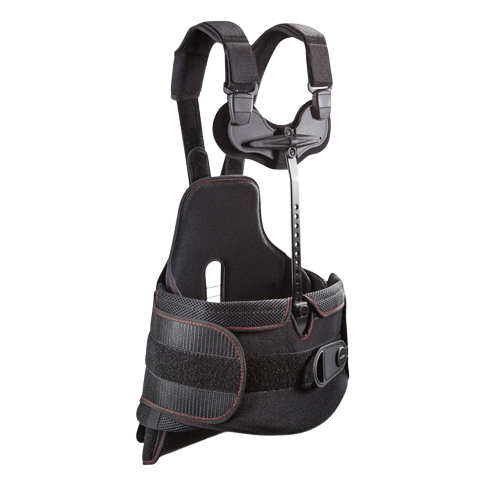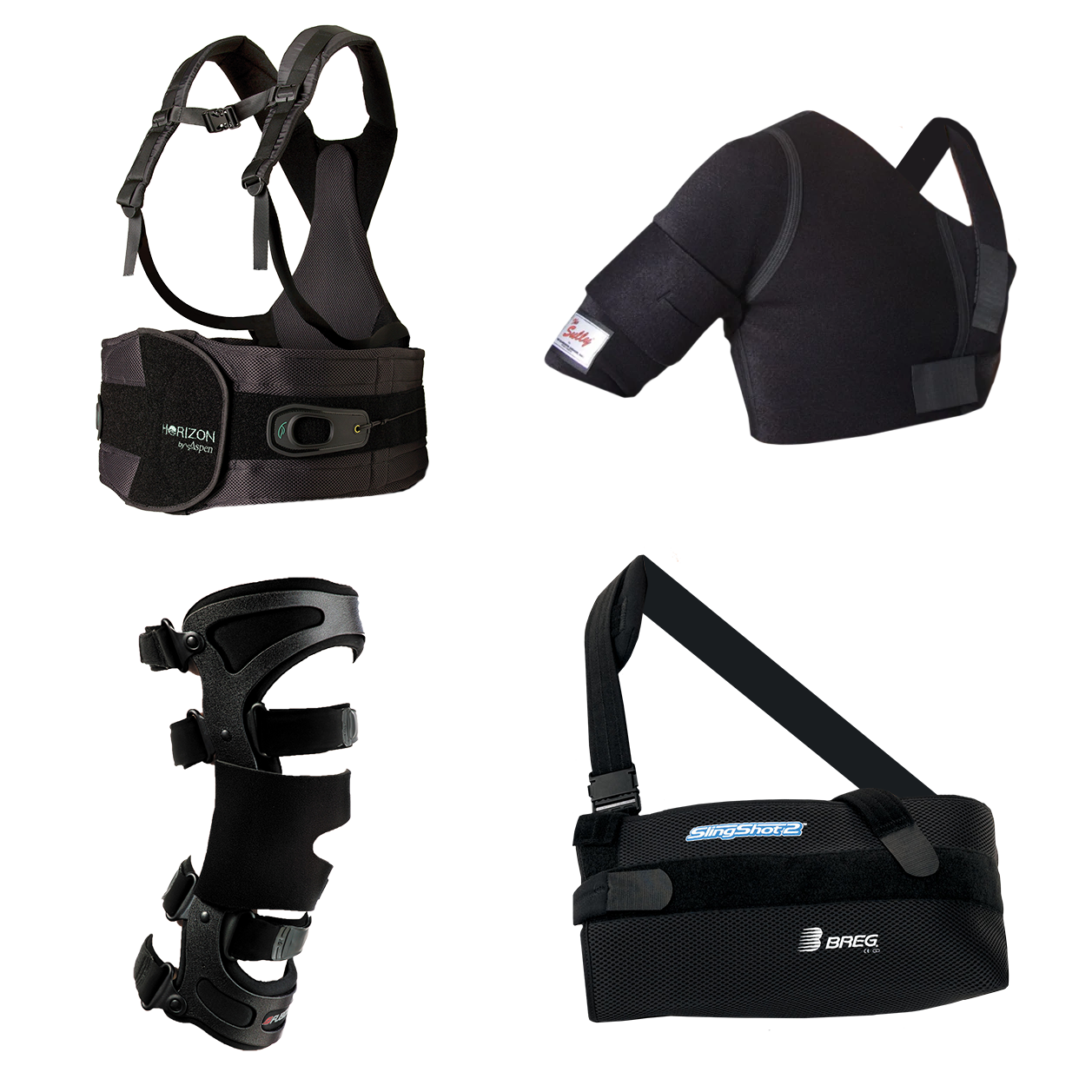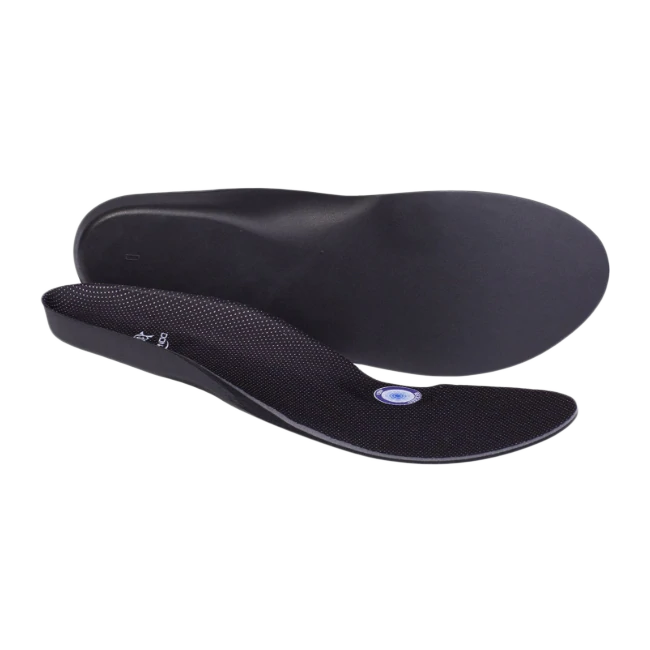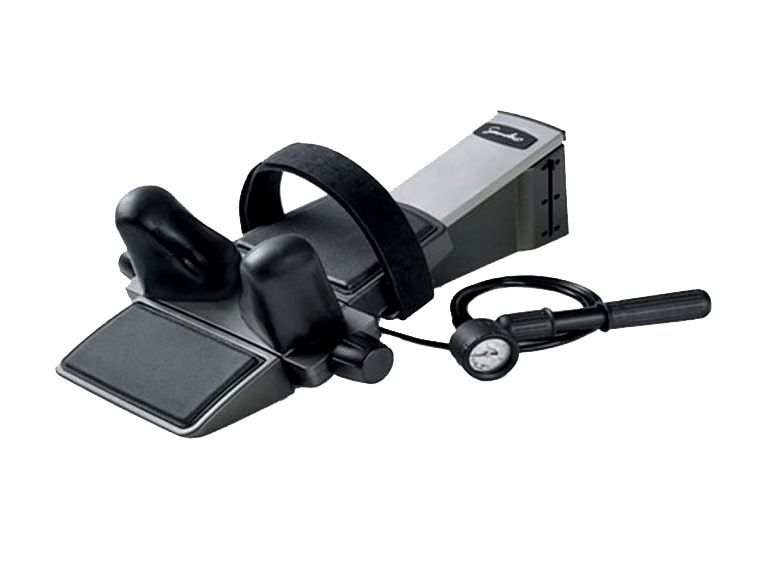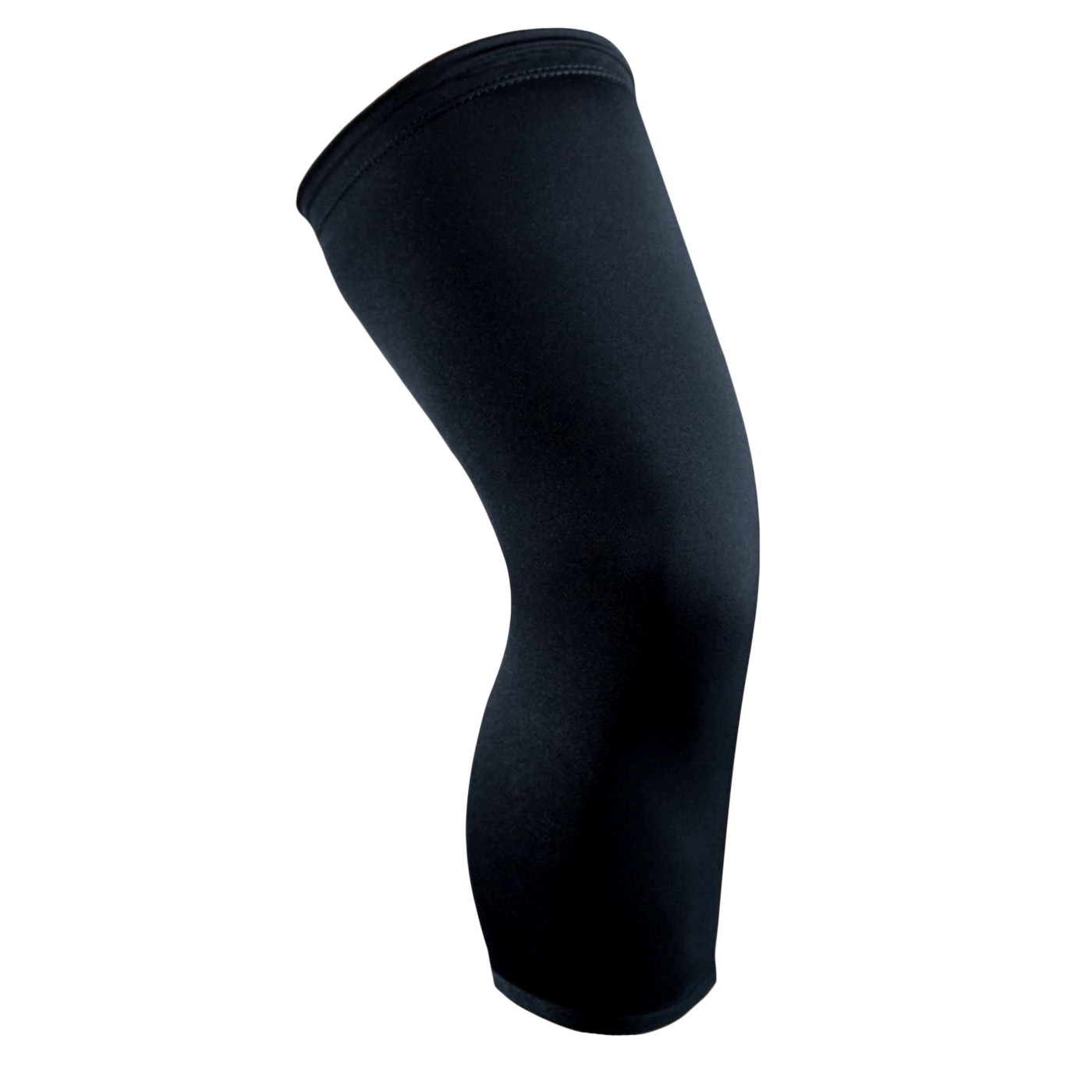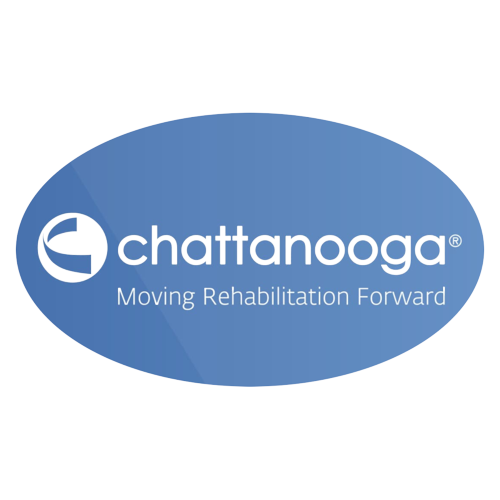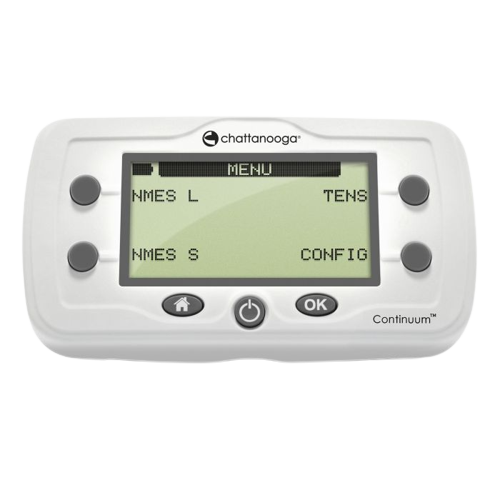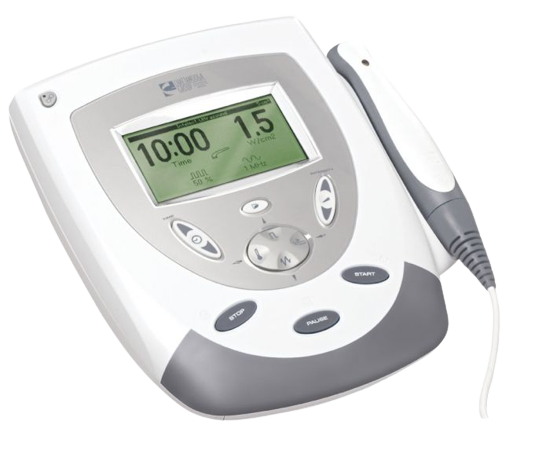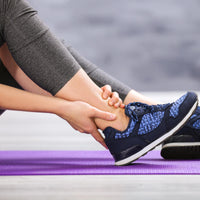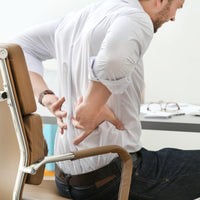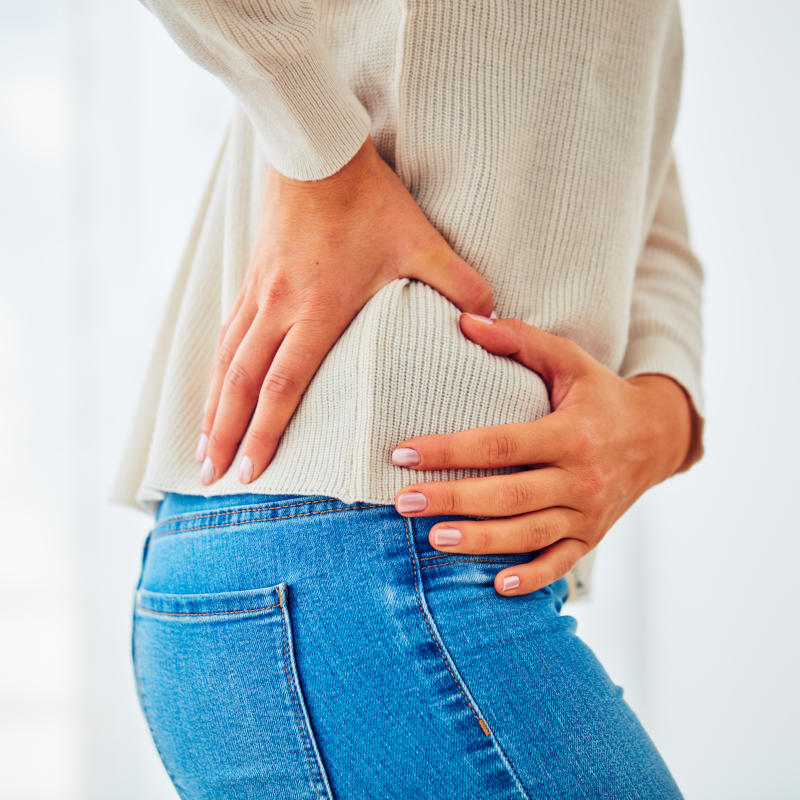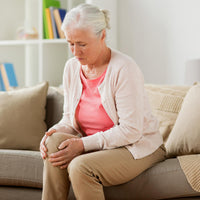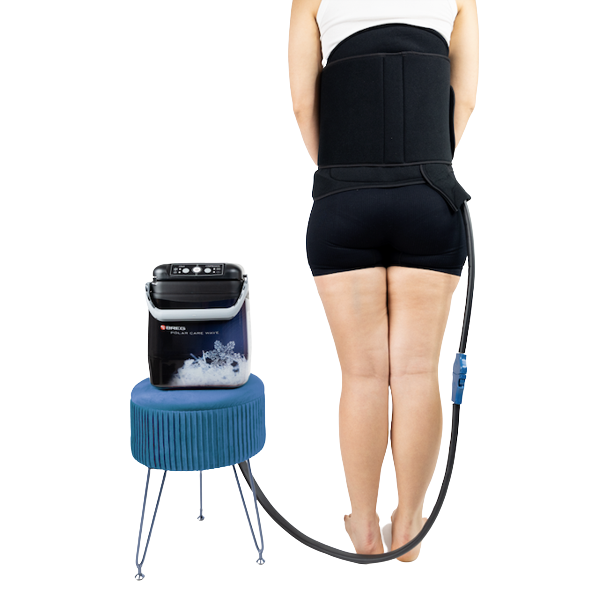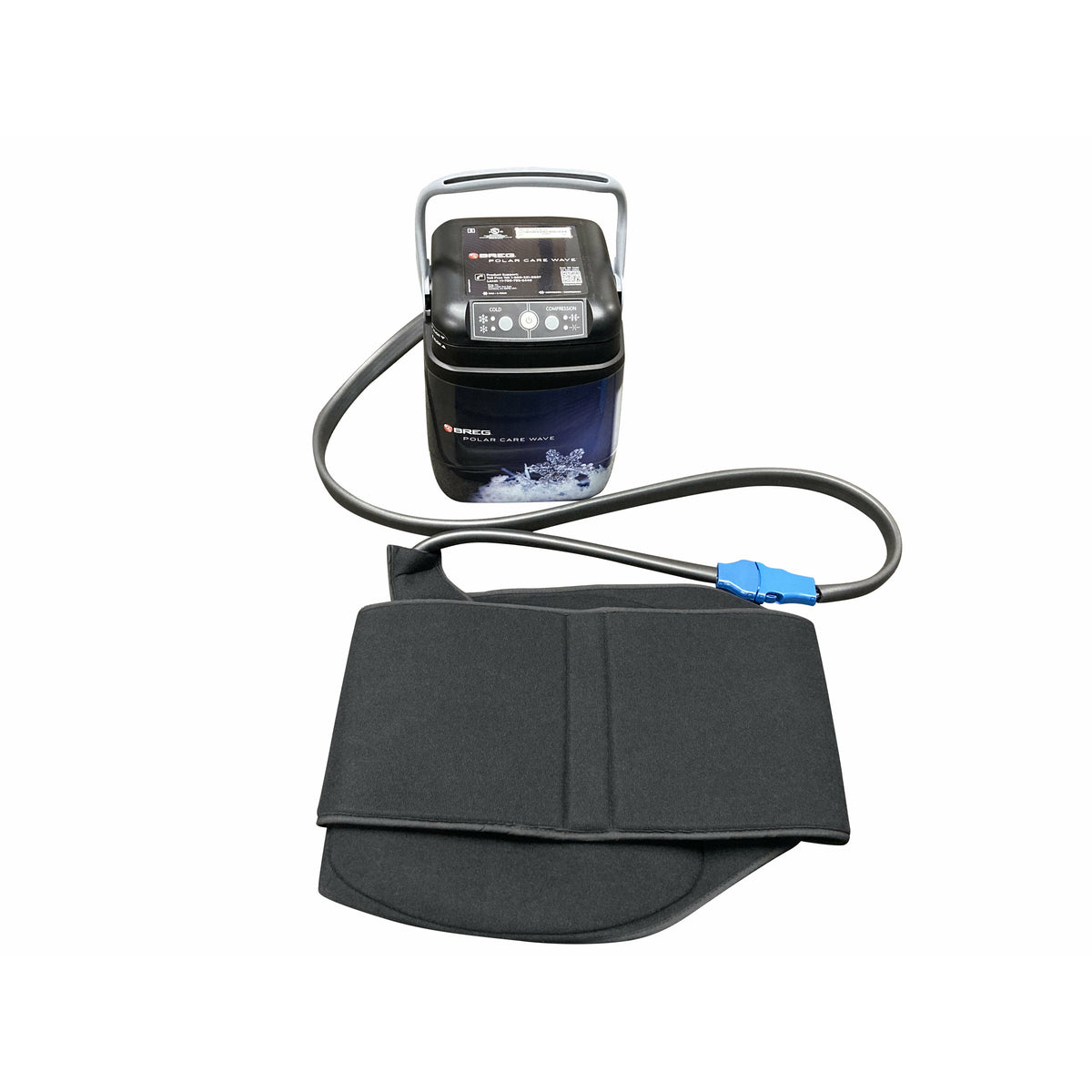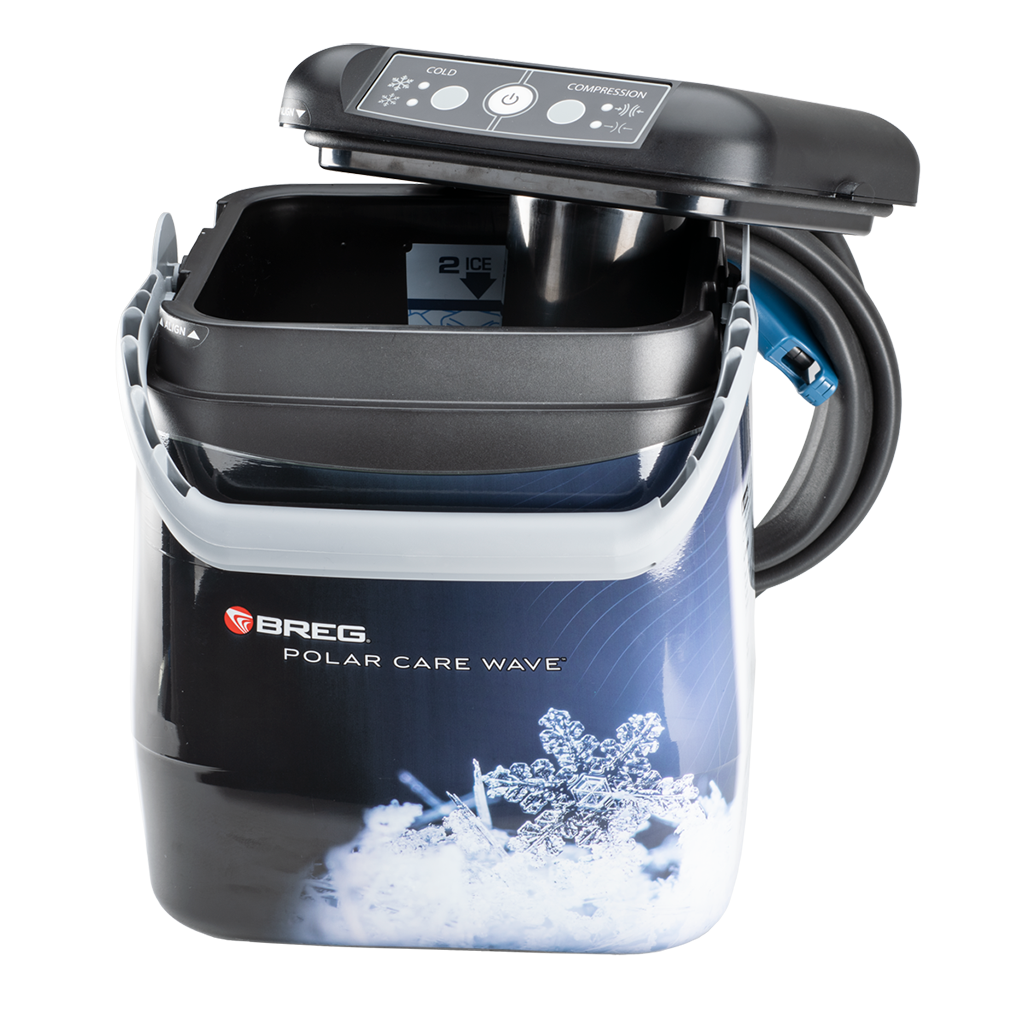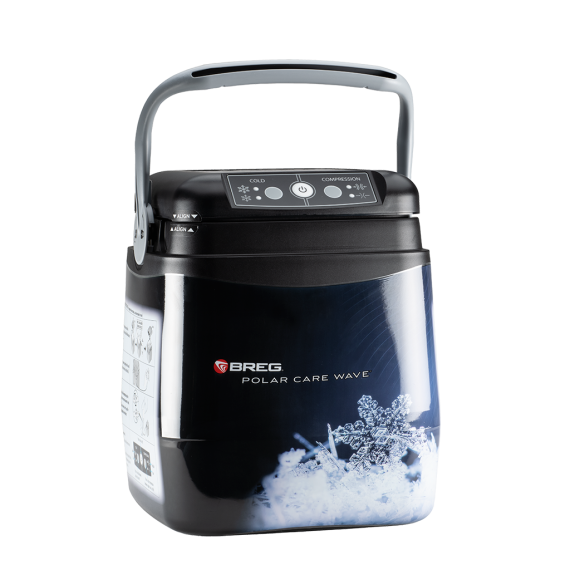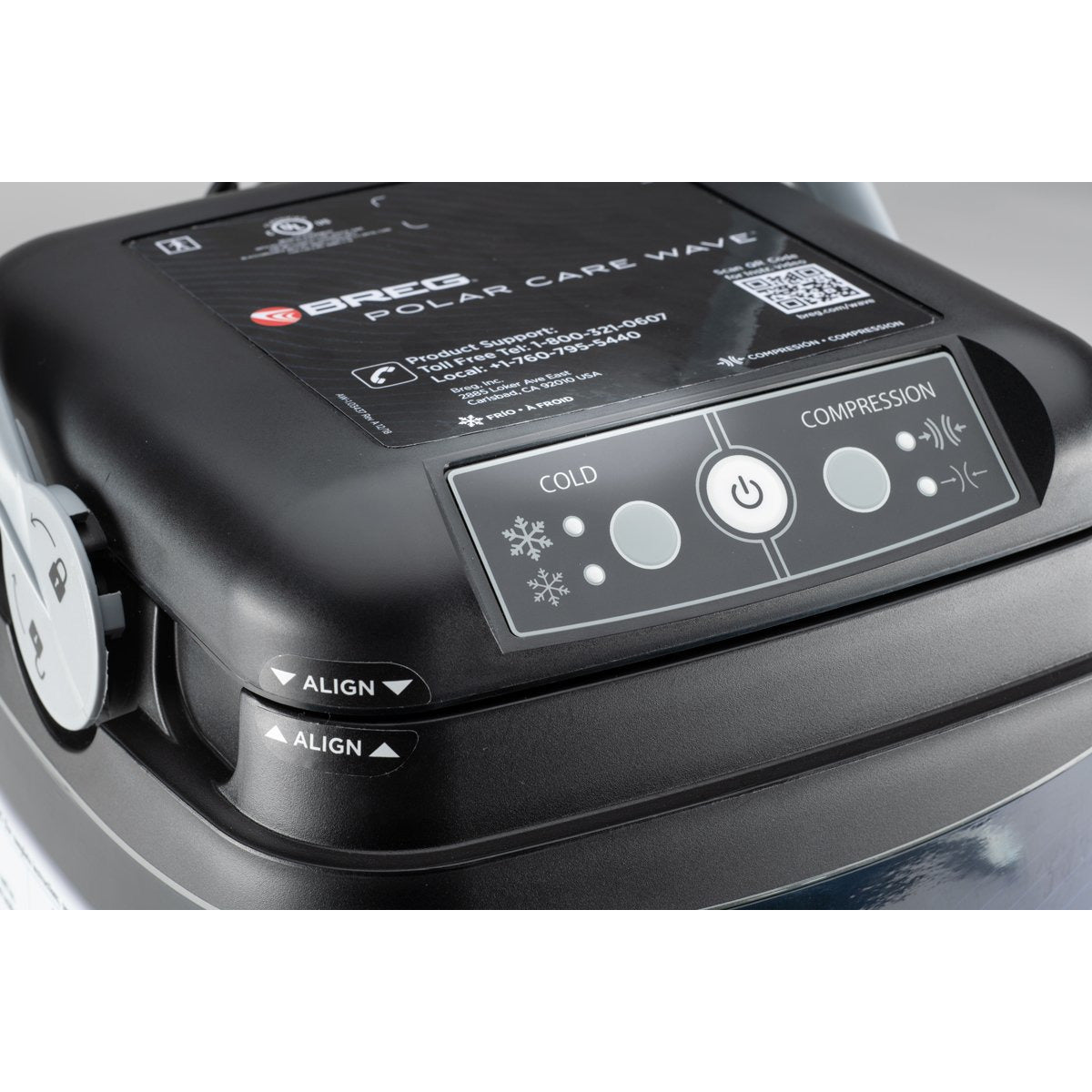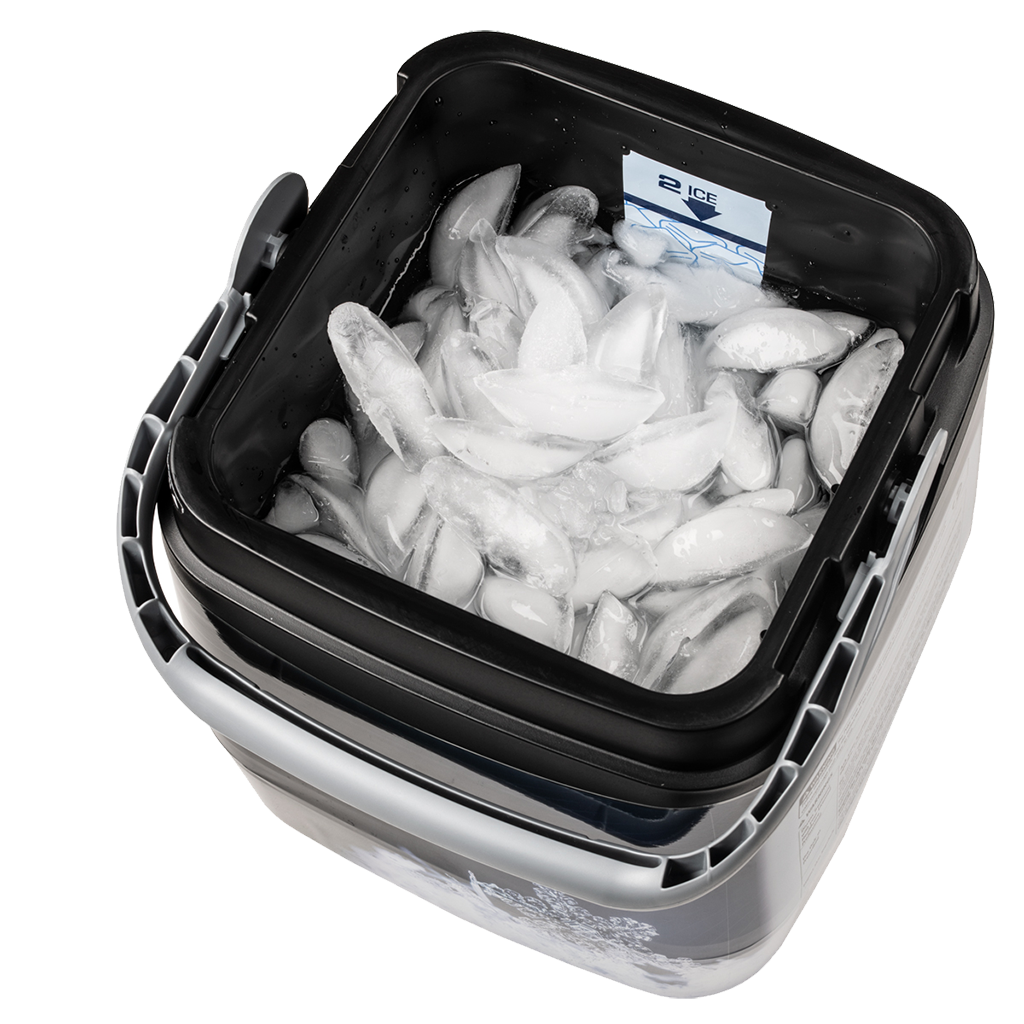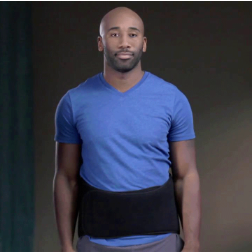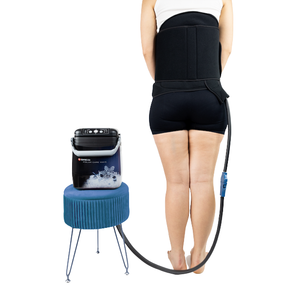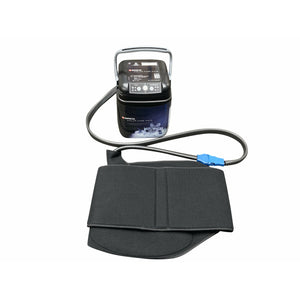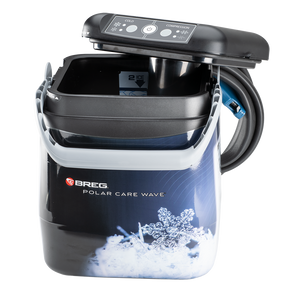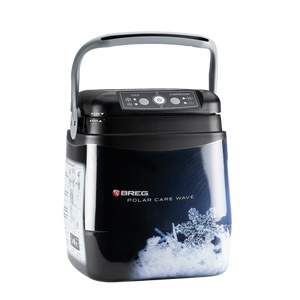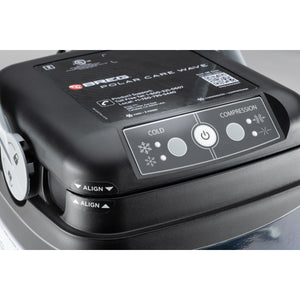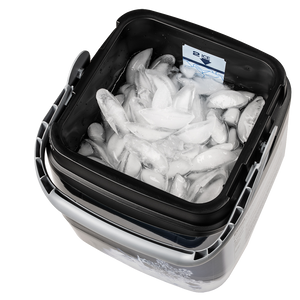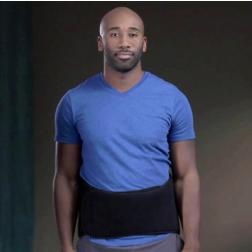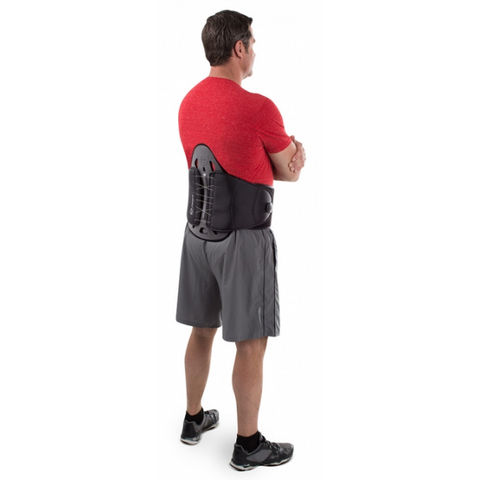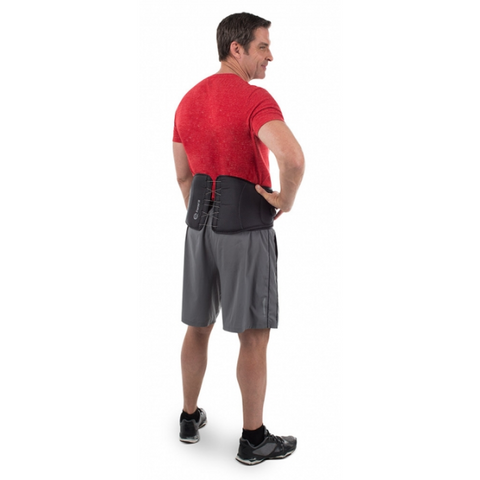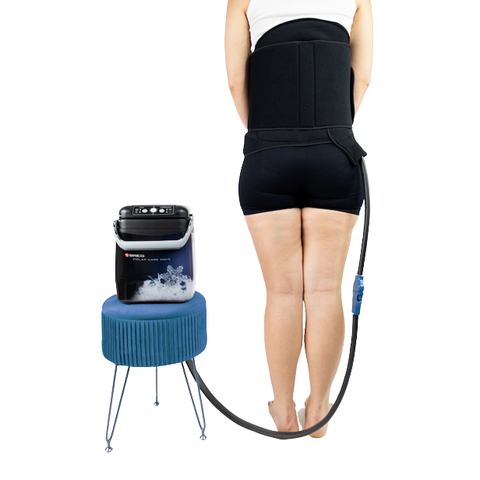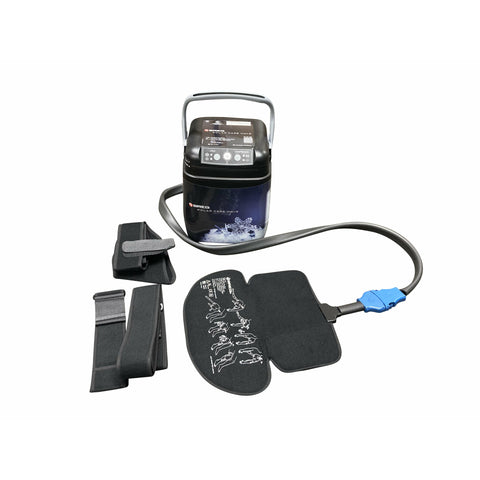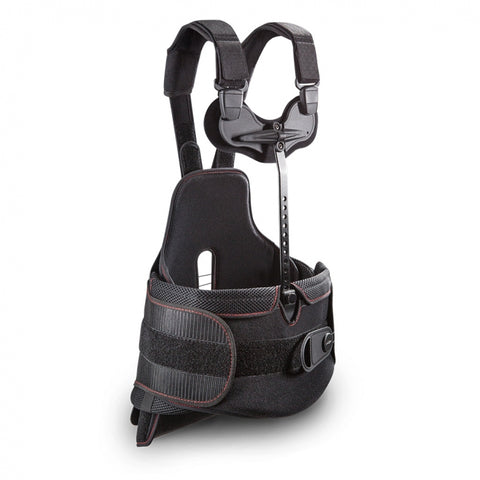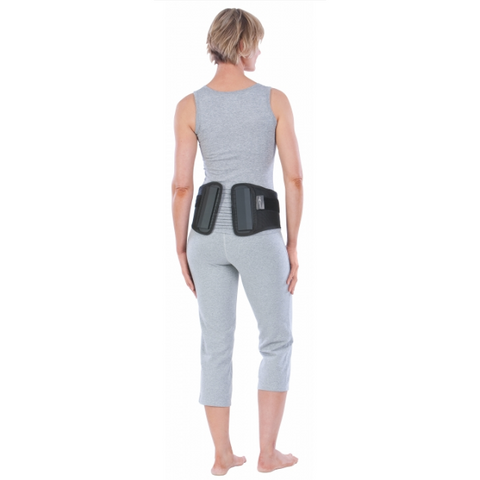
The hunt for methods to reduce chronic back pain can be mentally exhausting, especially when you’re also struggling with physical discomfort.
What if effective methods of pain relief didn’t have to be so hard to come by? You’re in the right place!
When it comes to simple tips and tricks to make you and your loved ones more comfortable, OrthoBracing’s got your back.
Below, you can learn how to reduce chronic back pain in 7 easy steps.
What Causes Back Pain?
It doesn’t matter how old you are – anyone can become a victim of chronic back pain. In fact, there are nearly 16 Million Americans who are struggling to manage their discomfort. The key to minimizing and curing your back pain begins with identifying the cause. Some common causes of chronic back pain include:
1. Arthritis of the Spine
Spinal arthritis refers to inflammation of joints that make up the spine due to gradual thinning of cartilage. This condition could be related to autoimmune disorders, infection or everyday wear and tear.
2. Spinal Stenosis
Stenosis of the spine occurs when the spinal canal becomes narrow and puts pressure on the nerves in your back. This condition is characterized by lower back and/or neck pain.
3. Disc Issues
A herniated or bulged disc is a fragment of the disc that has been pushed into the spinal canal. This condition causes back pain due to displacement of the disc.
4. Myofascial Pain Syndrome
This condition is considered a chronic pain disorder and refers to unexplained muscle pain and tenderness in the back.
Consult with your doctor to determine what may be causing you or your loved one’s chronic back pain. Regardless of what’s causing the discomfort, OrthoBracing is determined to help find a solution.
7 Methods to Reduce Your Back Pain
In some cases, pinpointing the cause of your chronic back pain can be difficult. As you search for the cause of your discomfort, remember to:
- Take your time
- Get multiple opinions
- Work closely with your doctor to manage the pain
As you work towards getting to the root of your discomfort, the 7 methods below can help you understand how to reduce or eliminate your symptoms.
1. Physical Therapy
When it comes to relieving discomfort, ironically, staying active is key. Movement is the foundation of treatment for chronic back pain because it strengthens muscles and relieves pressure.
During physical therapy, you will:
- Determine pain tolerance
- Stretch your muscles
- Practice flexibility & aerobic exercises
- Strengthen your core
By doing so, you’ll provide your body with the tools it needs to prevent potential injury and reduce chances of intensifying pain.
In order to see success in physical therapy, it’s key to continue prescribed exercises at home. Maintaining movement outside of your appointments will optimize the chances of reducing your pain.
2. Meditation
You may be surprised to learn that controlling your state of mind can help decrease your pain.
There’s no question that the presence of pain is extremely draining – physically, mentally and emotionally. By being mindful and breathing deeply, you can manage symptoms associated with chronic back pain, such as:
- Frustration
- Irritability
- Depression
Managing these side effects of chronic pain can be simple when you take advantage of relaxation strategies like:
- Meditation
- Yoga
- Tai chi
Not only will these activities help keep your mind from focusing on pain, but also provide movement throughout your day to aid in the reduction of pain. Listen to the video below to engage in a guided meditation that can help reduce physical discomfort.
3. Lifestyle Modifications
The way you live your life has an immense impact on the level of pain you’ll experience if you suffer from a back condition. If you’re looking for ways to reduce chronic back pain, take a close look at your habits.
Sleep Schedule
Did you know that chronic pain is the leading cause of insomnia? If you experience chronic back pain, it’s no secret that the discomfort will stop you from falling or staying asleep.
Unfortunately, inadequate sleep will likely worsen your back pain and hinder your body’s ability to heal body tissues and recharge energy levels. If you are experiencing this problem, consult your doctor to discuss natural methods that can help promote a healthy sleep schedule.
Diet
You have enough pain caused by inflammation – so why continue to consume food that increases inflammation and makes your pain worse?
Trans fats, refined sugars and processed food are known for being highly inflammatory and should be avoided when trying to reduce chronic pain. Assess the pyramid below to learn more about what kinds of food can help reduce inflammation.

Talk to your doctor to determine the best diet to maintain a healthy weight and minimize the inflammation around your spine.
Drinking and Smoking
If drinking and smoking aren’t a part of your lifestyle, you don’t have to worry about how these habits will worsen chronic pain. However, if you do enjoy the occasional cocktail or cigarette, it’s important to keep a few things in mind.
Nicotine is proven to accentuate pain and delay healing of the body. So not only will a smoking habit intensify your pain but it will also hinder your chances of getting better.
Similarly, the consumption of alcohol prevents its users from experiencing restful, restorative sleep. As mentioned previously, a good night’s sleep is key when it comes to healing your body and reducing your chronic pain.
4. Injection Based Treatments
If you’ve already tried non-invasive methods of pain relief and you haven’t seen promising results, injections could be an option. Some treatments include:
- Nerve blocks
- Steroid injections
- Nerve ablations
These methods are effective in reducing inflammation. Therefore, injection based treatments not only have the potential to reduce your discomfort but also help rule out certain causes depending on how your body responds.
If you’re considering injections to relieve pain, it’s important to know that this is not a long term solution. These types of treatments may stop or lessen pain for a certain period of time but they are not a cure and should always be used in conjunction with other methods to manage pain.
To determine if these can work for you, discuss the treatments mentioned above with your doctor.
5. Ice
One of the best ways to treat chronic pain, Cryotherapy, dates all the way back to 400 BC. Cryotherapy, also called “cold therapy”, refers to the application of ice to decrease pain and reduce swelling, ultimately speeding up your healing process.
As one of the most dependable means of pain reduction, healing at the hand of cryotherapy is effortless with a cold therapy machine by your side. Many cold therapy systems, such as the Breg Polar Care Wave, combine cold therapy with compression to provide the ultimate tool for instant pain-relief and healing.
This specific system is compact, quiet and easy to use, making it the perfect ice machine for both home use and travel. As one of the best medical ice machines, the Breg Polar Care Wave is sure to provide relief.
6. Improve Posture
When you’re suffering from chronic back pain, being mindful of how you position your spine can significantly reduce your discomfort. Whether you’re waking, sitting or lying down, good posture will:
- Reduce wear & tear of cartilage, bone & joint tissues
- Help your muscles move efficiently
- Lessen stress and fatigue
- Decrease strain on ligaments that preserve your joints
Improving your posture can be as easy as wearing a posture corrector and will ultimately help reduce discomfort associated with arthritis, disc issues and other conditions causing chronic pain.
7. Provide Support
When trying to reduce chronic pain, having a supportive brace on hand is always a good idea. In fact, providing some support to the problem area can result in pressure reduction and pain relief.
If you plan on engaging in activities heavy in bending or lifting, wearing a back brace can aid in protecting your back from further injury and pain.
The Exos Form II 631 is a great example of spinal support that provides a high degree of relief from acute lower back pain into the thoracic region for postoperative support.
The Exos Form II 627 is a great example of spinal support that provides a high degree of relief from acute low lumbar back pain for postoperative support.
Although, back braces should not be used for an extended period of time. Providing too much external support can weaken your muscles over time and ultimately worsen your pain.
Before you commit to wearing a back brace, talk to your doctor to determine when & how often a back brace can help relieve your chronic pain.
When is Surgery the Answer?
If you’re still experiencing significant discomfort after exploring the methods above, talk to your doctor to determine whether surgery is right for you. Although only 10% of chronic back pain requires surgery, communicating regularly with your healthcare provider will ensure your wellbeing.
If you are experiencing any of the symptoms below, notify your doctor immediately:
- New or progressing bowel/bladder issues
- Weakness in limbs
- Gait and balance problems
- Evidence of brisk reflexes
The symptoms mentioned above may require a surgical procedure. While exploring invasive options for reducing chronic pain, be sure to get at least two professional opinions.
Get Relief Today
Now that you’ve learned how to reduce chronic back pain, you’re one step closer to regaining pain-free mobility.
Whether you’ve pulled a muscle or you’re healing post-op, OrthoBracing can help. Check out our Guides and Resources and supportive care products to learn more about how you can get back to being your best self.
- Top Benefits of Cold Compression
- What is Cryotherapy? Benefits & How to Do It At Home or a Clinic
- 7 Best Cold Therapy Machines for Faster Recovery Times
- Game Ready Ice Machine
- How to Find the Best Cryotherapy Machine
- The Best 8 Back Braces for Faster Relief
- Alternative Methods to Help Manage Pain After Orthopedic Surgery

